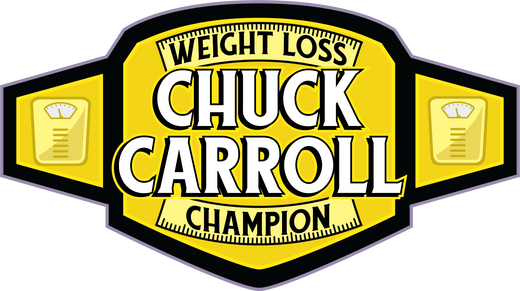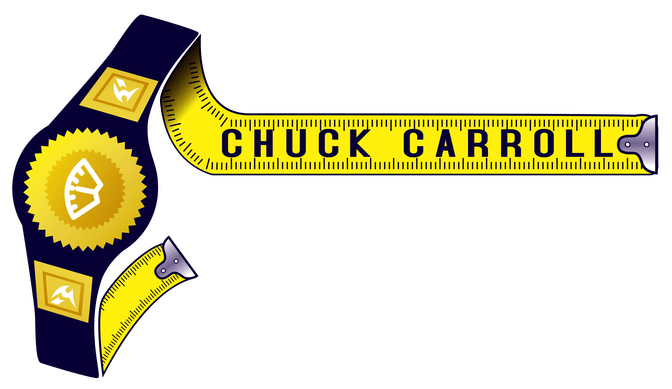At a time when more children than ever sit idle indoors glued to their iPads, smartphones and televisions an ironic trend is occurring. These pint-sized electronic zombies are guzzling down beverages like Gatorade that are designed to make athletes jump higher and run faster — or at least give a post workout boost. But the only playing field these kids are seeing is the on the latest version of the Madden video game.
Childhood obesity has exploded over the past 30 years with rates more than doubling in children and quadrupling among adolescents. As of 2012, more than one third of all children and adolescents were overweight or obese in the United States.
Many experts believe the abundance of added sugars in the typical American diet is a big contributor to the epidemic. Children are bombarded by advertisers paying top dollar to get their sugar-rich products in front of their impressionable young eyes.
Certainly, it’s not all that uncommon for adults to believe a drink designed for athletes is healthy for their child. However, nothing could be further from the truth. What many don’t realize is drinks such as Gatorade fuel more than athletes; they also fuel rising obesity rates among the sedentary ankle biters.
When sports drinks are consumed in large quantities, a child’s risk of becoming obese or developing diabetes increases, according to data compiled by researchers in the U.K. In severe cases, gout and heart disease may also complicate a child’s health.
“Sports drinks are rarely a healthy choice, and marketing them to the general population, and young people in particular, is grossly irresponsible,” Russ Ladwa, chair of the British Dental Association’s Health and Science Committee said.
By The Numbers: Kids And Sports Drinks
A recent survey of 183 children between 12 and 14 years-old revealed just how popular sports drinks have become with young students. Nearly 90 percent admit to drinking them at some point while half said they gulp them down at least twice a week.
Alarmingly, less than half the girls surveyed (48.6 percent) said they drink sports drinks during or after physical activity. The rate among boys was higher — roughly 78 percent. However, almost half of both sexes say they also sip on them socially when physical activity is not involved.
Although sports drinks tend to have less sugar than per ounce than soda, the serving sizes are often much larger. For instance, a 32-ounce bottle of Gatorade contains 213 calories and 56 grams of sugar while a 12-ounce can of Coke has 140 calories and 39 grams of sugar.
So why are kids so quick to want to “be like Mike”… or LeBron these days (even though he’s Powerade)? According to the study, it’s because the drinks are sweet, cheap and, most importantly, they taste good.


